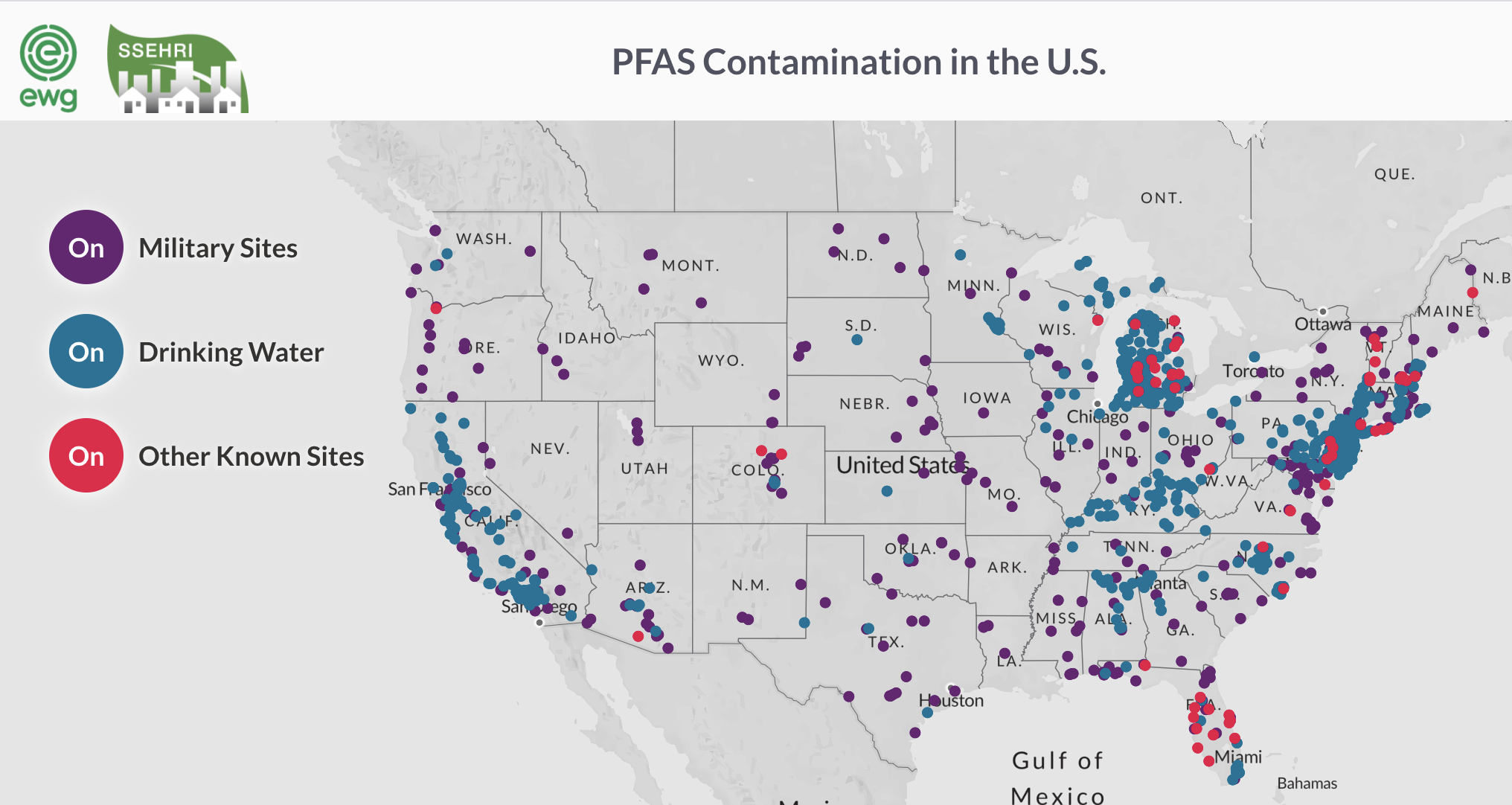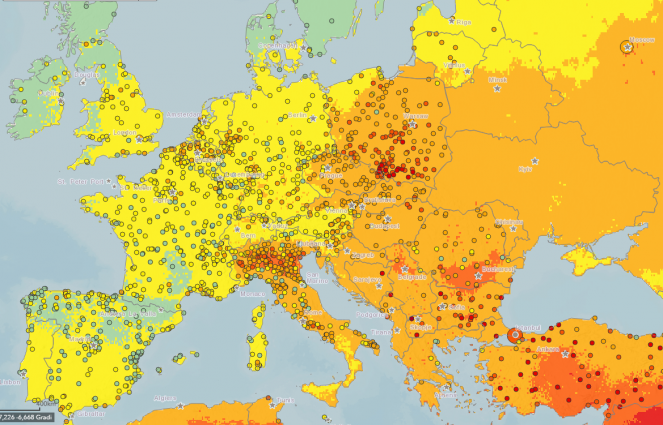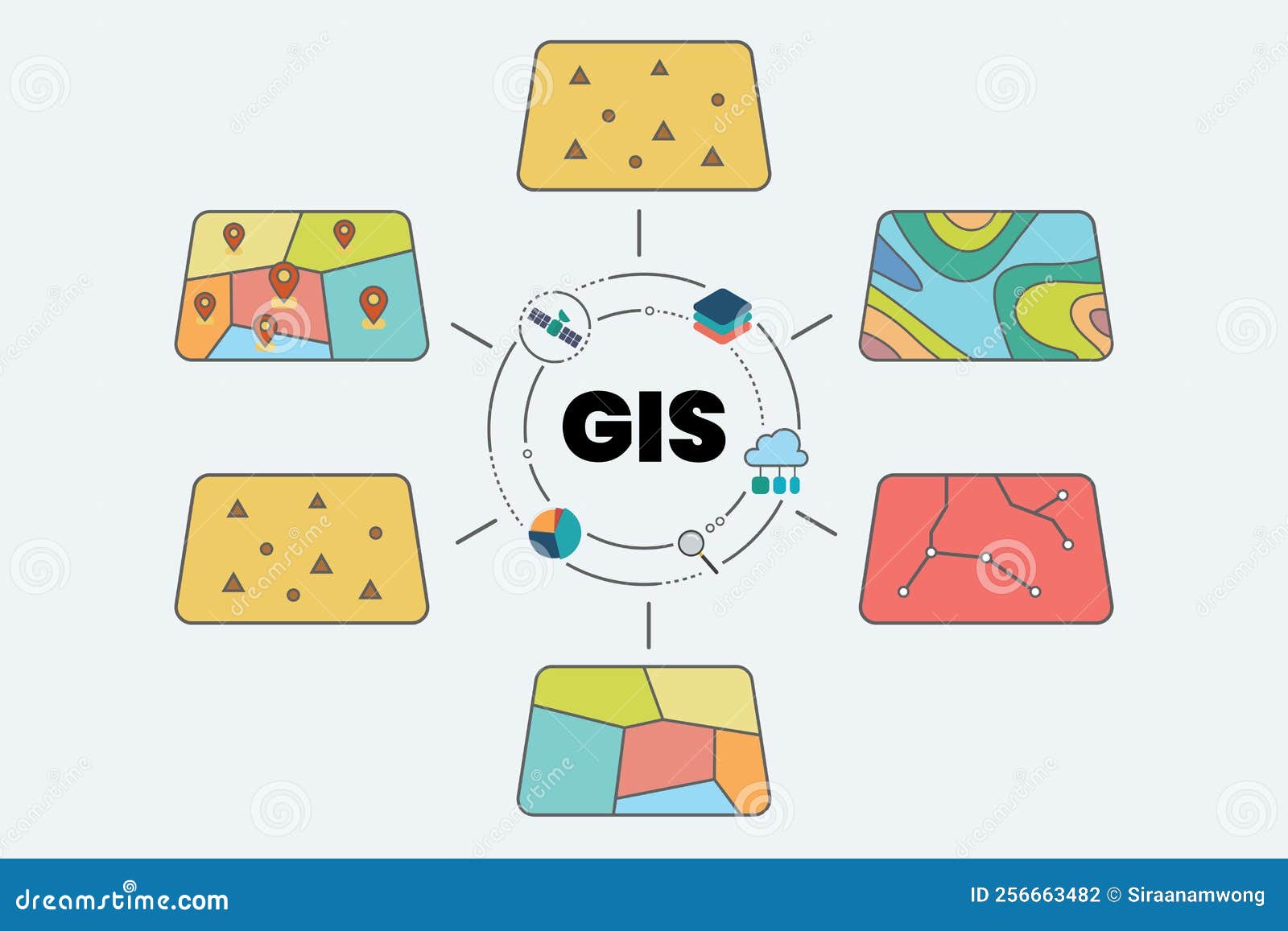PFAS Contamination: A National Crisis Affecting Almost 100 Million Americans

Table of Contents
PFAS, or per- and polyfluoroalkyl substances, are a group of man-made chemicals used in a wide range of products due to their water-repellent and heat-resistant properties. However, these "forever chemicals" persist in the environment and accumulate in our bodies, posing serious health risks. Estimates suggest that nearly 100 million Americans may be affected by PFAS contamination, making this a critical public health issue. This article aims to inform readers about the widespread impact of PFAS contamination and its implications for public health.
Sources of PFAS Contamination
PFAS contamination originates from various sources, making its widespread presence unsurprising.
Industrial Sources
Major industrial contributors to PFAS pollution include:
- Manufacturing facilities: The production of Teflon and other fluoropolymers is a significant source of PFAS release into the environment. Companies involved in the manufacturing of these materials often release PFAS into the air and water during the production process.
- Military bases: The use of aqueous film-forming foam (AFFF) containing PFAS at military training facilities has led to widespread soil and groundwater contamination across the United States. Thousands of bases are affected, creating a massive cleanup challenge.
- Industrial wastewater: Many industrial processes discharge wastewater containing PFAS into rivers, lakes, and oceans, contributing to the widespread dissemination of these chemicals.
Data from the EPA and various state environmental agencies indicate alarming levels of PFAS in soil and water samples near these industrial sites, particularly in areas with a history of manufacturing and military activity. For example, the discovery of high PFAS levels in the drinking water of communities near DuPont’s Teflon plant in Parkersburg, West Virginia, highlighted the extent of industrial contamination.
Consumer Products
PFAS are found in numerous everyday consumer products, further contributing to PFAS contamination:
- Non-stick cookware: Teflon and other non-stick coatings often contain PFAS.
- Food packaging: PFAS are used in some food packaging materials to prevent grease and oil from seeping through.
- Stain-resistant fabrics: Certain stain-resistant fabrics and carpets utilize PFAS to repel liquids.
These products contribute to environmental contamination through disposal and gradual degradation, releasing PFAS into landfills and waterways. The accumulation of these chemicals in our bodies through ingestion and skin contact is a growing concern.
Agricultural Runoff
Agricultural practices also contribute to PFAS contamination:
- PFAS-containing products applied to fields can leach into the soil and subsequently contaminate groundwater and surface water through runoff.
- PFAS can accumulate in crops and livestock, potentially entering the food chain and further exposing humans to these chemicals.
The pathway of PFAS from agricultural fields to water sources is often complex and involves multiple factors like soil type, rainfall intensity, and proximity to water bodies. The contamination of food crops and livestock raises concerns about dietary exposure to PFAS.
Health Effects of PFAS Exposure
Exposure to PFAS has been linked to a range of adverse health effects.
Known Health Risks
Studies have established links between PFAS exposure and several health problems:
- Immune deficiencies: PFAS exposure can weaken the immune system, making individuals more susceptible to infections.
- Liver cancer: Several studies suggest an increased risk of liver cancer among individuals with high PFAS levels.
- Thyroid disorders: PFAS exposure has been associated with thyroid hormone disruption and related health problems.
- Developmental issues in children: Prenatal and postnatal exposure to PFAS may lead to developmental delays and other health issues in children.
These findings, supported by numerous peer-reviewed studies, highlight the serious health implications of PFAS exposure. The dose-response relationship is still under investigation, but higher exposure levels are generally associated with increased risks.
Research Gaps and Ongoing Studies
Despite significant research, gaps remain in our understanding of the long-term health effects of PFAS exposure:
- The complexity of PFAS mixtures and their interactions within the body make it challenging to establish definitive causal links for all observed health effects.
- Long-term studies are necessary to fully understand the cumulative effects of low-level exposure over many years.
- Research is ongoing to evaluate the effectiveness of various interventions and remediation strategies.
Numerous studies are underway to address these knowledge gaps, but more research is needed to fully understand the scope and severity of the health risks associated with PFAS exposure.
Government Response and Regulations
Efforts to address PFAS contamination are underway at both the federal and state levels.
Federal and State Initiatives
Several initiatives aim to control PFAS contamination:
- The EPA has established health advisories for PFAS in drinking water, setting limits on acceptable levels.
- Several states have implemented stricter regulations than the federal government, including setting their own drinking water standards and mandating PFAS testing.
- Legislation has been introduced at the federal level to further regulate PFAS and address contamination issues.
However, the effectiveness of these regulations varies, and enforcement remains a challenge.
Challenges in Regulation and Remediation
Addressing PFAS contamination poses significant difficulties:
- The high cost of cleanup makes remediation a significant financial burden for many communities and government agencies.
- The persistence of PFAS in the environment and their ability to bioaccumulate make complete remediation challenging.
- The lack of standardized testing methods and the complexity of analyzing PFAS mixtures hinder consistent monitoring and evaluation efforts.
These challenges highlight the need for innovative and cost-effective remediation technologies and stronger regulatory frameworks.
What Individuals Can Do
Individuals can take steps to reduce their exposure to PFAS and advocate for change.
Reducing Exposure
Several actions can help minimize PFAS exposure:
- Use alternative cookware made from stainless steel, cast iron, or ceramic.
- Choose food packaged in materials that don't contain PFAS.
- Install a water filter certified to remove PFAS from drinking water.
- Wash hands thoroughly after handling potentially contaminated products.
Information on finding PFAS-free products and certified water filters is available through various online resources and consumer advocacy groups.
Advocating for Change
Individuals can play a vital role in addressing the issue of PFAS contamination:
- Contact your elected officials to advocate for stronger regulations and increased funding for research and remediation.
- Support organizations working to address PFAS contamination and raise awareness of the issue.
- Participate in community events and educational initiatives related to PFAS.
By actively engaging in advocacy, individuals can make a significant contribution towards protecting public health and the environment.
Conclusion
PFAS contamination poses a serious and widespread threat to public health and the environment. The numerous sources of contamination, the long-term health risks associated with exposure, and the challenges in regulating and remediating PFAS highlight the urgency of addressing this national crisis. We’ve explored the various sources of PFAS, its significant health impacts, and the ongoing governmental efforts to mitigate this pervasive issue. While regulatory efforts are underway, individuals can take proactive steps to reduce their exposure and advocate for stronger measures. Demand stronger regulations on PFAS contamination and support initiatives to reduce exposure and clean up contaminated sites. Your health and the health of future generations depend on it.

Featured Posts
-
 Microplastiche In Acqua Quali Fonti E Quali Aree Sono Piu Inquinate
May 16, 2025
Microplastiche In Acqua Quali Fonti E Quali Aree Sono Piu Inquinate
May 16, 2025 -
 Nhl Fans Furious Over New Draft Lottery System
May 16, 2025
Nhl Fans Furious Over New Draft Lottery System
May 16, 2025 -
 Pbocs Yuan Intervention Falls Short Of Expectations
May 16, 2025
Pbocs Yuan Intervention Falls Short Of Expectations
May 16, 2025 -
 Foot Locker Earnings Report Positive Signs For Nikes Recovery
May 16, 2025
Foot Locker Earnings Report Positive Signs For Nikes Recovery
May 16, 2025 -
 Toronto Maple Leafs Nashville Predators Game Prediction And Betting Analysis March 22
May 16, 2025
Toronto Maple Leafs Nashville Predators Game Prediction And Betting Analysis March 22
May 16, 2025
Latest Posts
-
 The Countrys New Business Hot Spots A Geographic Analysis
May 17, 2025
The Countrys New Business Hot Spots A Geographic Analysis
May 17, 2025 -
 Los Angeles Wildfires And The Gambling Industry A Growing Concern
May 17, 2025
Los Angeles Wildfires And The Gambling Industry A Growing Concern
May 17, 2025 -
 Betting On Disaster The Troubling Trend Of Wildfire Wagers In Los Angeles
May 17, 2025
Betting On Disaster The Troubling Trend Of Wildfire Wagers In Los Angeles
May 17, 2025 -
 Ftcs Appeal Against Microsoft Activision Merger Approval
May 17, 2025
Ftcs Appeal Against Microsoft Activision Merger Approval
May 17, 2025 -
 Blue Origin Launch Scrubbed A Technical Glitch Explained
May 17, 2025
Blue Origin Launch Scrubbed A Technical Glitch Explained
May 17, 2025
